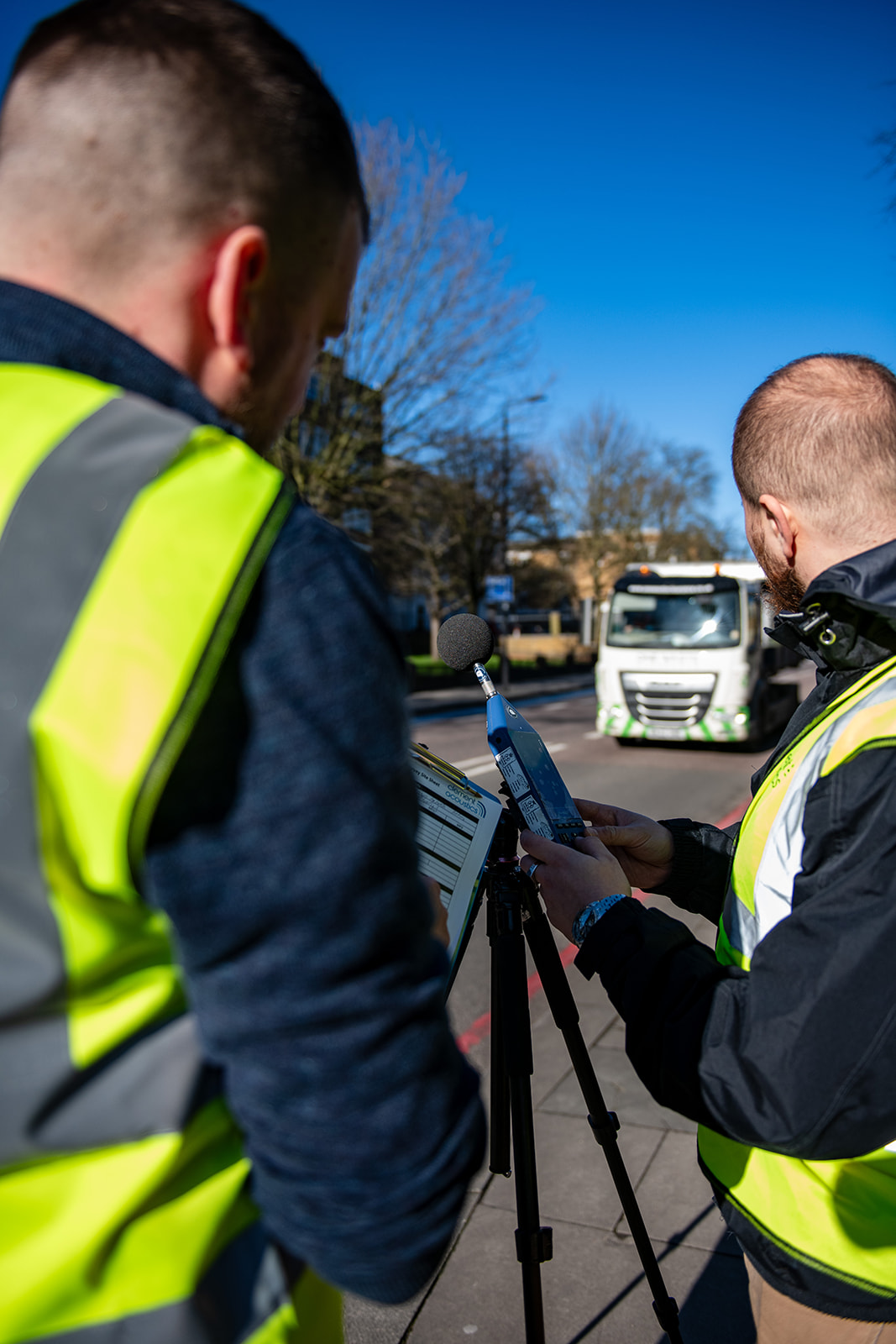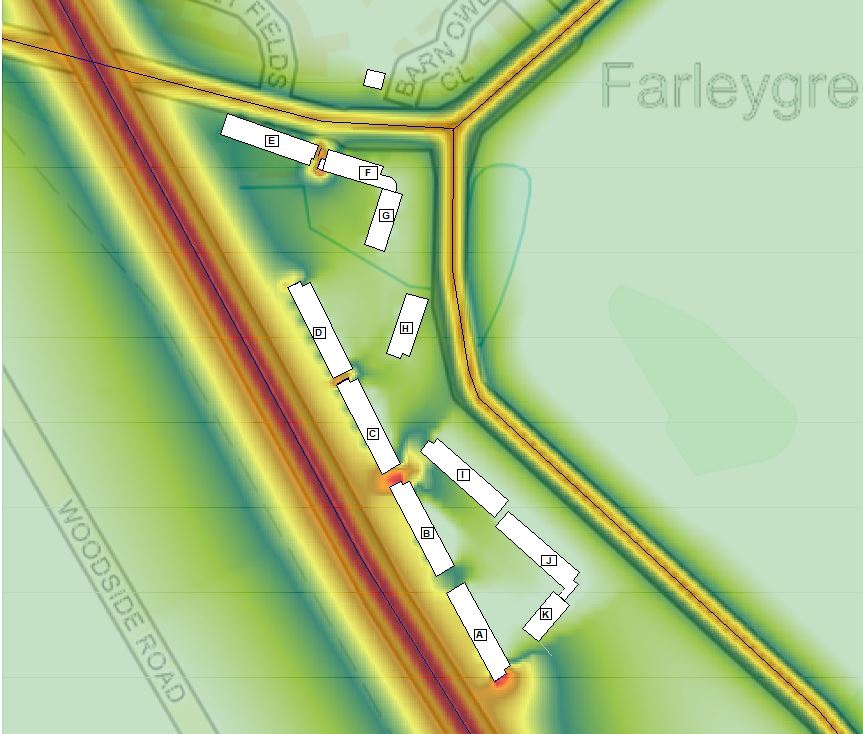Our Residential Noise Survey and Noise Exposure Services
Clement Acoustics has extensive experience conducting noise exposure assessments for a wide range of projects. Our experienced team of acoustic consultants undertake comprehensive assessments to determine internal noise levels. We produce comprehensive reports, suitable for submission to the Local Authority when required, detailing our findings and recommended mitigation measures in order to reduce noise exposure.
What is a BS 8233 Residential Noise Survey and Assessment?
A BS 8233 residential noise survey and assessment is conducted to evaluate and manage noise levels in residential properties. This survey follows the guidelines outlined in British Standard 8233: 2014, which provides recommendations for sound insulation and noise reduction in buildings. The primary goal of this assessment is to ensure that indoor noise levels in homes remain within acceptable limits, promoting a comfortable living environment for residents and meeting Local Authority requirements. The survey typically involves measuring external noise sources, such as traffic, industrial noise, or other environmental factors, and assessing their impact on a residential building’s internal spaces.
This assessment reduces the risk of future noise break-in issues from surrounding noise-generating sources such as traffic and rail noise. We specialise in conducting noise surveys and tailoring noise assessments to your project.
When is a Noise Survey Required?
When a new noise-sensitive development (e.g., a residential dwelling) is introduced to an area, either through a newly constructed building or the redevelopment of an existing building, a Residential Noise Survey could be required as part of the planning application. The purpose is to assess the impact of existing noise sources on the occupants of the proposed building and, where necessary, propose mitigation measures for excessive noise levels in the form of glazing and ventilation. These noise sources typically include the following:

- Roads and railway lines
- Industrial uses (such as a garage and service yards)
- Entertainment venues (such as a bar or club)
What are the Regulations/Requirements?
Although there are no set requirements on a national scale, as there are for Building Acoustics (Approved Document E), there are standards that contain relevant guidance, such as:
- Local Authority Policies on Noise Control
- National Planning Policy Framework (NPPF): 2023
- BS 8233: 2014: ‘Guidance on sound insulation and noise reduction for buildings’
- PrpPG: Planning and Noise: 2017
- WHO guidelines on community noise
The most common criteria for residential bedrooms are as follows:
- LAeq 35 dB (daytime)
- LAeq 30 dB (night time)
- LAFmax 45 dB (night time)
Daytime is typically considered to be between 07:00-23:00, and nighttime is between 23:00 – 07:00.
Generally, we would perform the noise assessment in the following stages:

- We conduct an environmental noise survey to establish the site’s and surroundings’ existing ambient noise profile. This survey considers noise from all nearby noise sources (such as main roads and railway lines). We undertake the environmental noise survey in accordance with the requirements of relevant British Standards and quantify any noise patterns during daytime and nighttime.
- All relevant standards and guidance are then undertaken, and a detailed technical report will be issued, which can be used to support the planning application. This report will describe the measurement procedure, data analysis, and final specifications in the form of a specification of glazed and non-glazed elements of the external building fabric elements. It will also address the ventilation requirements to meet the internal noise targets of BS 8233: 2014 and any client-specific requirements.
- This involves us undertaking automated noise monitoring over a period of at least 48 hours, and acoustic descriptors such as LAmax, LA10, LAeq, and LA90 will be measured. We will also conduct attended measurements to identify significant noise sources where necessary.
- Finally, we undertake the noise assessment. This takes into account all relevant standards and guidance. This will result in a detailed technical report that can be used to support the planning application. This report will describe the measurement procedure, data analysis and final specifications. The final specification details the recommended mitigation measures. The aim is usually to meet the internal noise targets of BS 8233: 2014 and any client-specific requirements.
Why Choose Clement Acoustics?
Quick turnaround time
Helpful team of qualified acoustic engineers
Competitive rates
